The Big World of Adult Swim Smalls – Felipe Di Poi on ‘Little Edy’
Adult Swim remains one of the greatest arbiters of animated talent and it’s always exciting when they’re able to apply that passion to those that can truly benefit from it. Adult Swim’s “Smalls” initiative has been around for years and in that time it’s introduced audiences to dozens of avant-garde animators and storytellers through bite-sized cartoons and surreal snapshots. 2023 is a big year for Adult Swim’s “Smalls” and every Saturday marks the debut of a new animated short in this unique curation project.
This week’s addition to “Smalls,” Little Edy, is a surreal look into mayhem as a tiny troublemaker and her friends run amok in a heightened world. Little Edy comes from Felipe Di Poi, an animator, writer, and director, who uses his animated stories to reflect real life through an infinitely warped funhouse mirror. To celebrate Little Edy’s Adult Swim premiere, Felipe Di Poi gets candid on what inspires his unique storytelling, the importance of collaboration and building strong iconography, and what the future holds for both Little Edy and himself.
Daniel Kurland: I know that you started Little Edy as a web comic a few years ago that you’re still running. Can you talk about its journey from comic to animated short?
Felipe Di Poi: I came up with the Little Edy character in college. I was reading a lot of Michael DeForge and I feel like she has a bit of a Michael DeForge vibe. I drew the character and didn’t really know what to do with her until COVID. Then, during COVID, I just kind of wanted an everyday project to keep myself busy–I started reading Achewood. I thought it was really funny and it has low enough production values that I thought it was achievable for me to do the same type of thing. I started doing that for like a year before it evolved into anything further. I had been pitching to SMALLS for a while and so I figured I should give it a shot with Little Edy, and it worked.
Daniel Kurland: That’s so funny that you mentioned Achewood because one of the greatest joys of that series is when it started to evolve into these longer story arcs, which you also experience with Little Edy. You start telling these longer, serialized stories.
Felipe Di Poi: The truth is that I’ve dropped off of the comic a little. I was updating it really regularly until like five or six months ago when I started to really get overwhelmed with animation work, including the SMALLS. So I haven’t been updating it as regularly, but when I was I’d have these two modes: one that’s single strip gag oriented, and the other would be these huge stories. I’d try to find a balance and gauge through the readers on Instagram how much they followed stories versus how much they needed one-offs. I saw that people really committed to the stories once they got into it. I still never knew the right balance though and that’s not to say that all of those long stories were even good! It’s hard to write a good serialized story that’s still easy to make, which was always my goal with the comic in the first place.
Daniel Kurland: You have a really lively Vimeo channel that’s full of great stuff. You mentioned other Adult Swim SMALLS pitches, but did you ever consider any of those shorts instead of Little Edy?
Felipe Di Poi: I made several Adult Swim SMALLS before I made Little Edy for them. I made one called Gunno, which is on my Vimeo channel. A lot of the other ones I was an animator on someone else’s project. I made one with Steven Markow, another with Kelly Cooper, but I was always pitching stuff to Adult Swim. However, it wasn’t until Little Edy that something truly clicked.
Daniel Kurland: You’ve been experimenting with animation ever since you were just a kid with Flash. Have you noticed how your style and approach to creating content has evolved over time?
Felipe Di Poi: It’s hard to say. In some ways, no, because I’ll watch things that I made when I was a teenager and I see some of the same kinds of instincts. If you watch my thesis film from 2016 then you’ll see a lot of things that are echoed in Little Edy and other works of mine. It’s a hard question to answer because sometimes you just repeat yourself throughout your entire career. I guess I’d like to get into longer-form narratives, but I don’t even know how true that is because I haven’t made anything as long as my thesis film since then. I want to get a little more sophisticated with ideas, but I still see the same themes re-emerging.
Daniel Kurland: You mentioned That Long & Lonesome Road to Grandma’s, your student thesis film, which is a 14-minute short. Do you think that Little Edy could work in that format?
Felipe Di Poi: I’ve been trying to pitch a half-hour show for a while now. Ideally, that’s what I’d like to do. I think I’m just trying to figure out what that would look like. Even what Little Edy would look like as a quarter-hour isn’t really clear to me. As I make these, I’m trying to figure out if Little Edy is good for that format since they’re such visual, gag-driven shorts. It could work. In the comic there are a lot of characters that have longer stories, but what also really works about the comic is that there’s something a little janky about it. It’s informal and lives on Instagram. Could something like that properly scale up for television or does it benefit from looking kind of crappy? But, yes, I’d like to make longer things, I just don’t know if that’ll be Little Edy.
Daniel Kurland: There’s such limitless chaos to Little Edy. How do you develop a story and figure out the direction for a standard Little Edy adventure? Is there a process to it?
Felipe Di Poi: For the animated shorts it’s something that I’m still figuring out–I’ve made two and I still need to make one more. I’d say that what I’ve found works is the kind of SpongeBob or Looney Tunes model where a character has a goal, which that character moves towards, but the story is still structured around gags. It’s not like a sitcom where there’s a setup, second act…it’s just gag, gag, gag here. When it comes to the comic, I kind of come up with a few story beats–sometimes I’ll come up with them as I go or I’ll know the broader strokes of a character’s arc, but not yet the specifics.
Daniel Kurland: These Little Edy shorts really mash together a lot of the different styles. You’re quite skilled with both 3D and 2D animation. Do you have a preference between the two or is it really more dependent upon the story that’s being told?
Felipe Di Poi: The thinking there is that I was kind of inspired by this thing that Adult Swim has historically done, which is to have their characters get drawn by different artists for their commercial bumps and advertisements. I don’t know if that has to do with alternative comics or what the exact inspiration is there. Doing this really helps turn the characters more into icons. So with the Little Edy shorts, I thought it would be interesting to have all of my different animation friends draw her so that even if the shorts don’t gain a life beyond SMALLS, the character can still have a comic life as a symbol. Drawing her in all of these different styles help achieve that. I do this thing in the end credits where I draw her in the style of a Nintendo 64 snowboard game. Sometimes she’s drawn in a hyper-realistic Ren & Stimpy kind of way. So I hope that getting her in all of these different angles helps her achieve that “icon” status. I don’t think I don’t do 3D animation enough that I think I’d ever do a full 3D Little Edy story, but it’d be cool! Adventure Time did a 3D episode at one point, so perhaps if it’s something in that style, to that end.
Daniel Kurland: That Nintendo 64 snowboarding bit was maybe my favorite piece of animation in the whole thing, so that really paid off. I knew exactly what you were going for and I definitely think that audiences recognize and appreciate that appreciation to aesthetic detail.
Felipe Di Poi: With the 3D thing it was funny because when I work on animation I like to listen to jungle drum and bass compilations on YouTube. Often, they’ll have N64 footage underneath them–like the whole “Lo-Fi Study Girl” thing. I really wanted to make that, but with Little Edy, where there’s just this loop of her snowboarding. I spent like two months figuring out how to do it. It’s actually quite simple, but I just don’t use Blender enough. It took me so much time and just so many resources where there were full days of just trial and error. I was convinced I was just wasting too much time, but then I had sunk so much time into it that it would be worse if I didn’t finish it. The cartoon is like seven seconds–maybe ten seconds–but it was so important to me that it ended in that 3D thing.
Daniel Kurland: I know that you worked as a storyboard artist on Birdgirl and an animator on Gemusetto Machu Picchu. Are you interested in doing more of that type of work on other people’s shows?
Felipe Di Poi: I liked working on those shows. The thing about being a storyboarder though is that I’ve got a bit of a writer’s mind where I’ll be storyboarding and just wish that I could be writing it. So my dream would be to write and storyboard my own. I think storyboarding is a great job to have though and there are definitely some shows where I’d like to specifically storyboard for them. Certain shows where you can tell that the storyboarders are being given a lot of creative say. That would be a creative opportunity in and of itself, but ultimately I want to be making my own stuff.
Daniel Kurland: Lastly, do you have a favorite sequence or visual from the Little Edy shorts? Is there anything that jumps out to you?
Felipe Di Poi: Definitely the 3D snowboarding bit. I really like when Banjo gets hit by a bunch of cars. I feel pretty proud of that because I was able to accomplish something that was quite complex in terms of animation, but made it happen with few elements. In the first sequence there’s a part where she pours herself water and then she grabs another jug that’s empty and pours it into the water. I just like the logic of that gag. I think it’s funny.
Little Edy is now streaming on Adult Swim social channels.

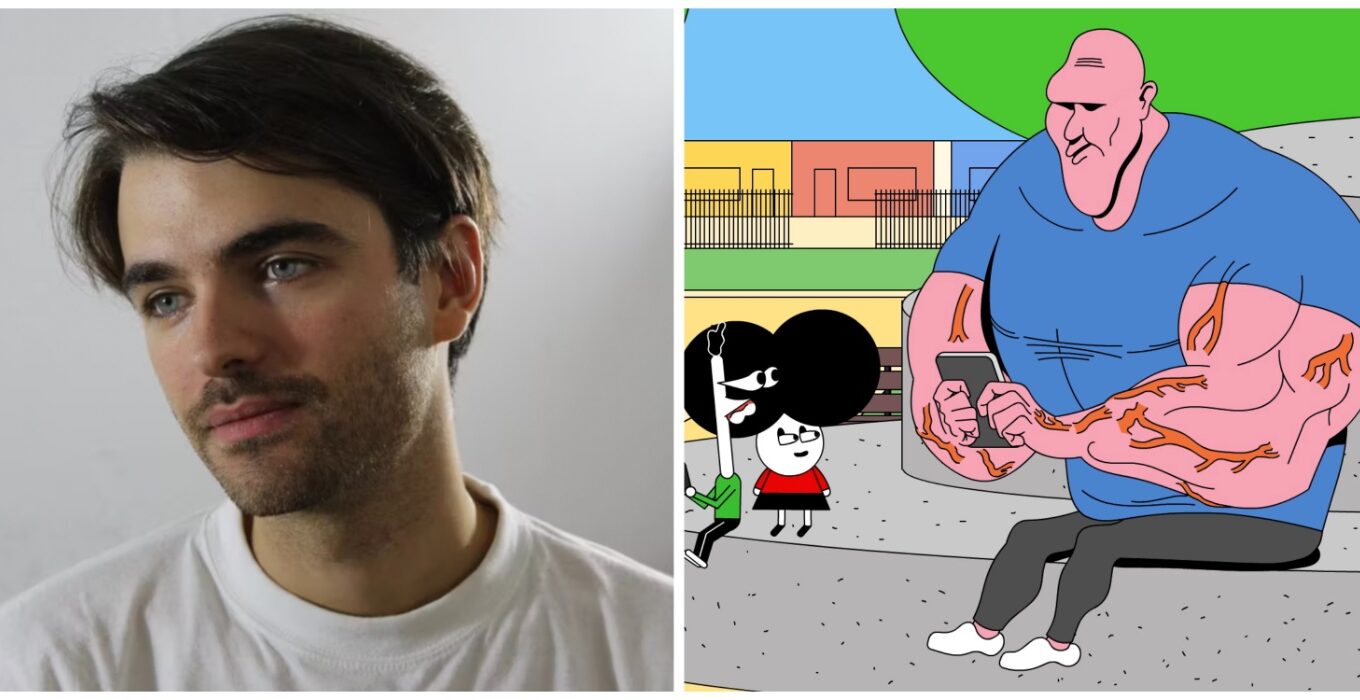




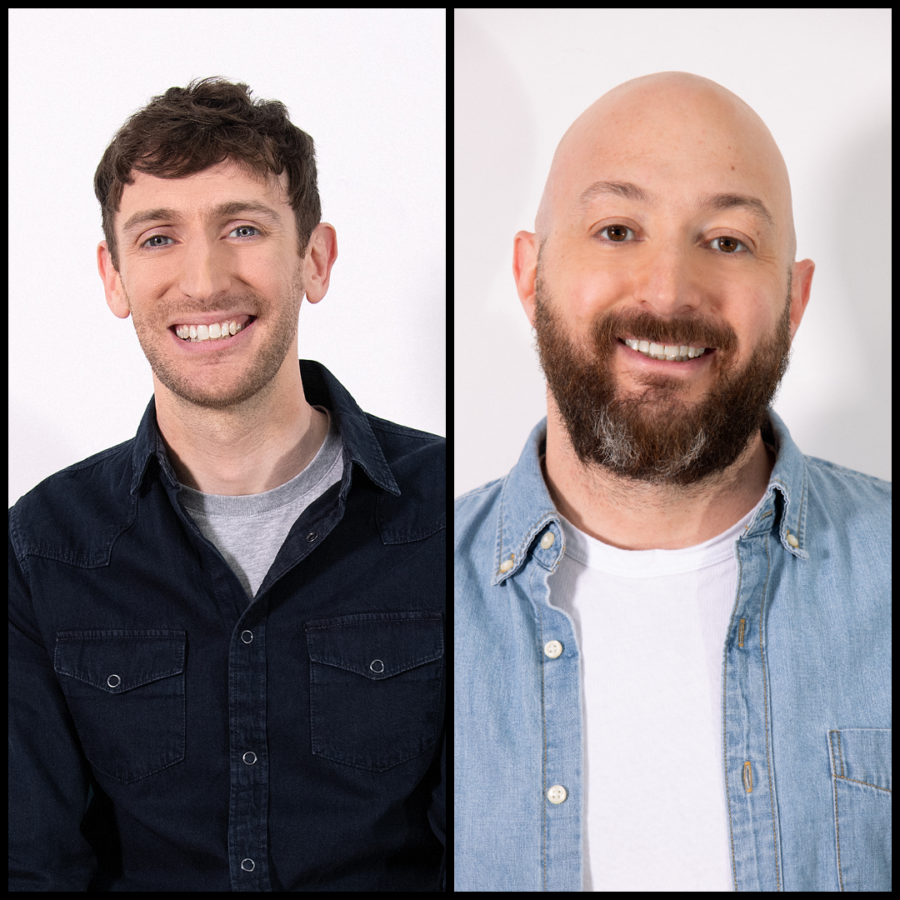












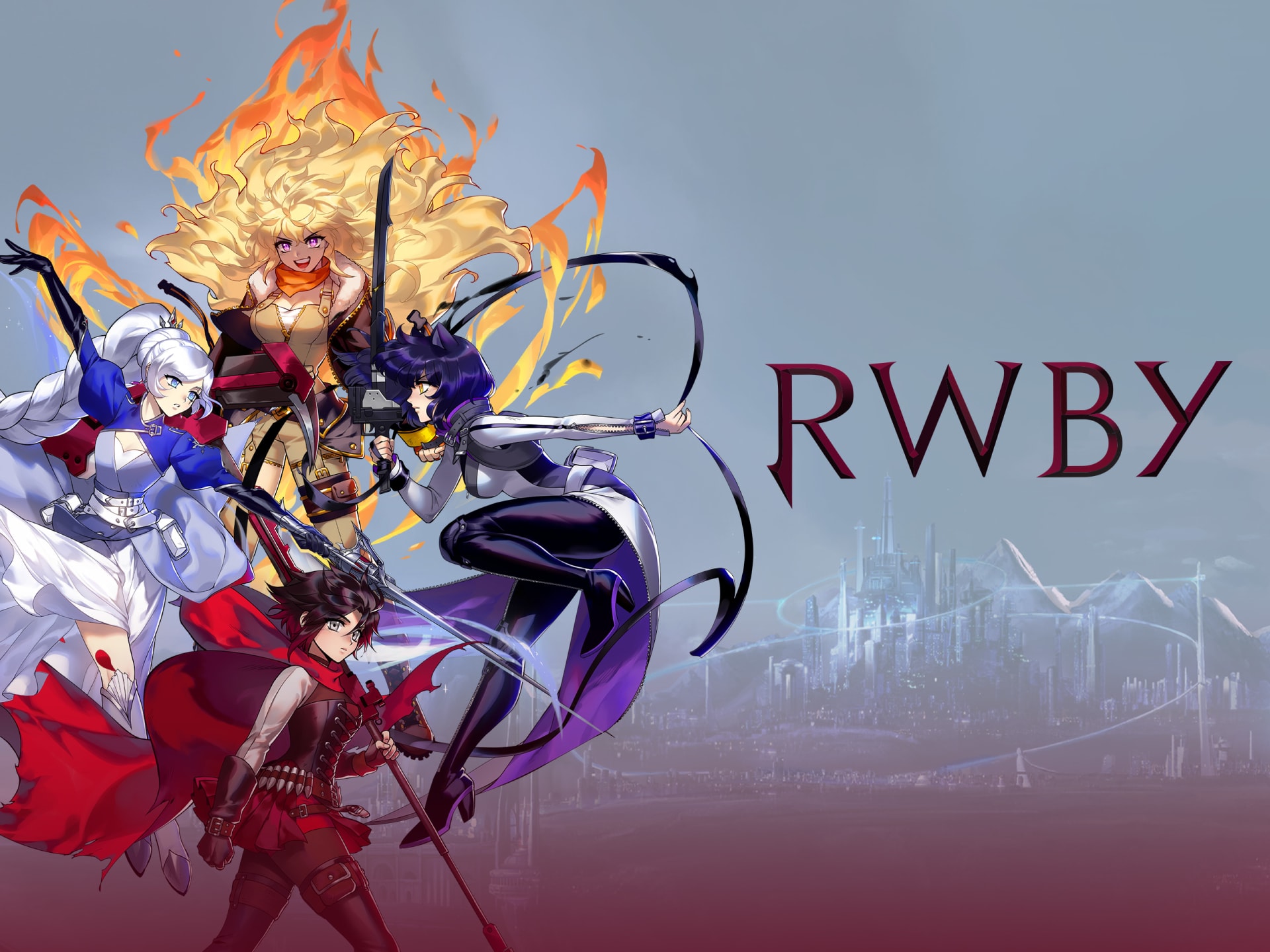




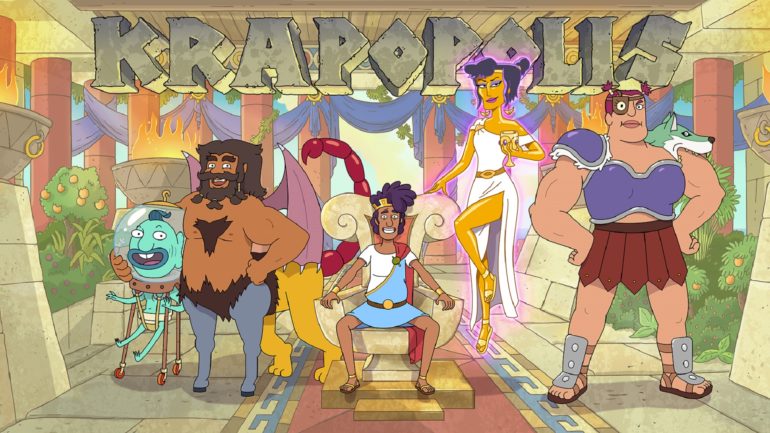

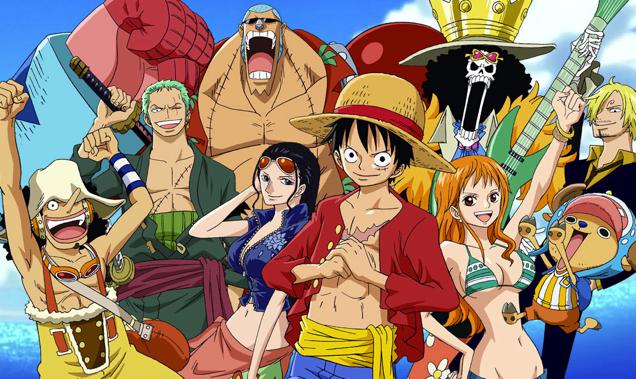
Just cancel this bird already. The chicken is beyond cooked. It's burnt to a crisp.